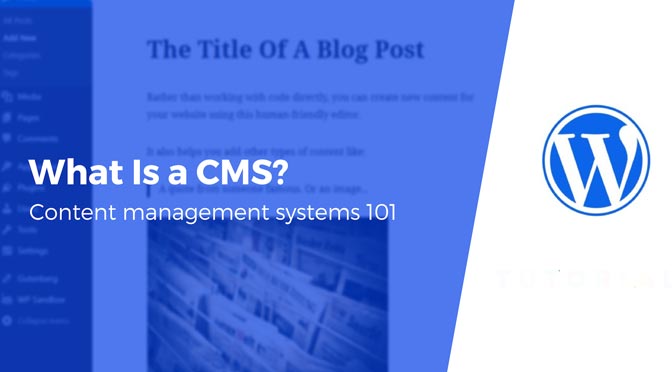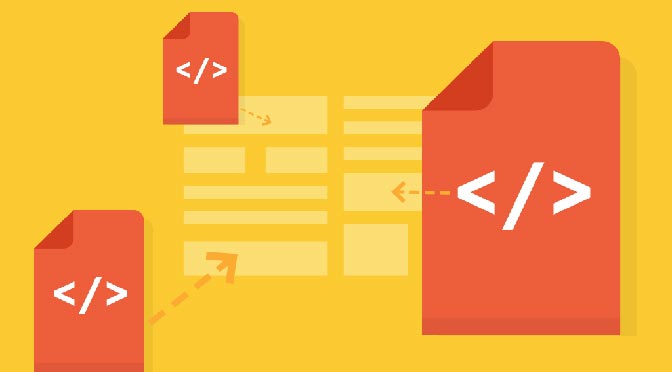It is very important that you have a valid HTML document.
A valid document is important so that your page displays correctly on all browsers. You can use different validations that are available for the purpose. By using these validators you can understand the various errors that exist in your document and easily make sure that you remove these errors to make your page W3C compliant. These validators can provide you with a detailed description of errors that you can read out and eliminate.
When you submit a page for validating you generally get a window or an email that will explain the errors. You cannot have a perfectly valid page the first time so it is important that you validate your page. Moreover, with validation, you ensure that your page can load properly even when HTML versions improve. To effectively fix validation problems you can undertake the following measures:
• Read the full text of each error:
When you submit your page for validation, these validators provide you with a lot of information on errors. Though it seems like a lot of information, you should read through it thoroughly. It gives you many important information for elimination.
• Fix errors in order:
The validators read the HTML code sequentially. It is better to start fixing the problems in the same sequence. You may find yourself spending more time on fixing errors if you go from the last error to the first error.
• Re-validate after every fix:
Typically for errors of any kind a single error at the top can generate other errors after it. If you eliminate the errors in a sequence and validate them after each fix, you may find that some of the errors get eliminated without having to work on them.
• Go to line number and start reading up:
From the list of errors provided, you would know the line number for the error. Go to the line and find the error if it exists on that line or before that line.
• Line and column number are not necessarily accurate:
Though the validators give you a near accurate idea as to where the problem starts, it is not always perfect. You can take the information provided as a guideline and check the code around that line to find the problem area. Move up from that line if you do not find the error on that line itself.
• Warnings may be ignored:
There are some warnings that these validators sometimes provide you with if it is not sure about something in the code. You can remove the errors and have a fully valid page with the warnings. They are simply shown to indicate that there may be problems for some browsers or user agents. If you want, you may choose to correct those.
There are various validators available like HTML validators, XHTML validators and CSS validators. They validate what their names suggest and are easy to use. They use W3C to validate your HTML, XHTML and CSS specifications.
You may also make use of the Link Checker that can help you to find if the link is working or broken. There are accessibility validators also which can check your document.
Fixing validation issues is not difficult and makes your page compliant with most of the browsers.


